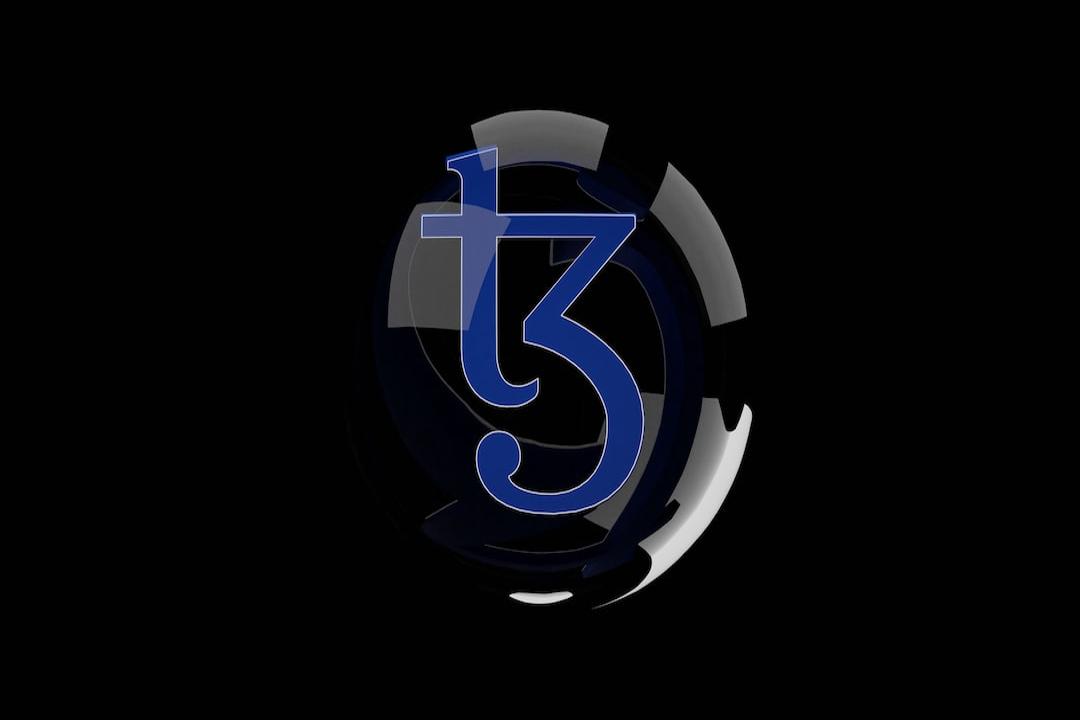The National Vulnerability Database (NVD) of the United States officially marked the inscription technology of Bitcoin as a network security risk on December 9th, becoming a nationally recognized vulnerability. The controversy surrounding inscriptions continues to ferment within the cryptocurrency community.
Contents:
Toggle
Inscriptions included in the US Vulnerability Database
SlowMist founder: Inscriptions labeled as vulnerabilities
Inscriptions included in the US Vulnerability Database
The NVD database is managed by the National Institute of Standards and Technology (NIST), a subsidiary of the US Department of Commerce. Being listed in the NVD means that specific network security vulnerabilities have been identified and recorded, with the CVE code being 2023-50428.
The database indicates that in versions prior to Bitcoin Core v26 and Bitcoin Knots 25.1.knots (one of the client software), it is still possible to bypass the data carrier size limit by obfuscating the data as code.
Luke Dashjr, the leading figure in this controversy and a Bitcoin Core developer, also mentioned the event of being included in the database on Twitter.
SlowMist founder: Inscriptions labeled as vulnerabilities
Cosine has three viewpoints regarding this matter:
Although anyone can apply for a CVE code, it is one of the most well-known vulnerability proofs in the eyes of cybersecurity institutions, which may be of concern to those involved in the Bitcoin ecosystem.
It is normal for the NVD to reference CVE codes, and it is not as exaggerated as “Bitcoin extremists seeking government assistance.”
It may be difficult to remove the vulnerability label from inscriptions once it has been attached.
He stated:
Some say I am spreading FUD, but I am just trying to objectively relay some security concepts and viewpoints. If this is considered FUD, then it is better for you to let go of your obsession with these things and look more at the real world.
Inscriptions


Related readings:
Will ORDI and other BRC20 be eliminated? Developers claim to fix Bitcoin vulnerabilities next year, what is the Bitcoin community arguing about?
SingularityNET and Fetch.ai collaborate to combat the generation of AI illusions.

